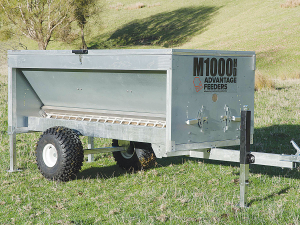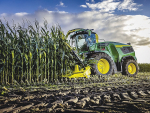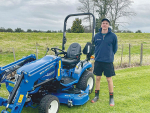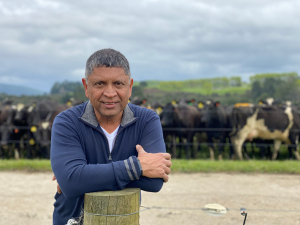Feeding livestock can bring with it several challenges including labour shortages, wasted feed, higher prices for smaller quantities, intake monitoring and dominant animals bullying more timid individuals.
It is generally understood that growing a quality heifer will lead to increased conception rates, easier calving, longer time in the milking herd and higher production outputs, so along with the personal risk with regards to health and safety, making an investment in good feeding equipment makes a lot of commercial sense.
Advantage Feeders have been helping farmers around the world overcome these challenges for almost 15 years and has now developed a model for the NZ dairy farmer. It harnesses the innovative and break-down free feed intake control system with easy manoeuvrability in wet and trying conditions.
The practical benefits of Advantage Feeders newly released M1000HD model uses a three-way restriction system that offers supplements to animals, in small amounts, often. This ensures the rumen pH stays in a zone that allows pasture digesting microflora to work efficiently leading to a reduction in overall supplement needs and reduced costs.
The 3-way feed restriction system controls the height width, and epth of how much feed flows from the hopper to the feed area. This allows precise control over how much supplement can be consumed by calves and heifers.
In practice, animals soon learn how to lick in and out of hhe "feed access area", only gathering a small amount of feed with each lick. The three adjusters can be set for any ration. But in the most restricted setting, stock receive about 0.33% of their body weight per day, approximately 350g/day for a 100kg calf or 1kg/day for a 300kg heifer.
Once feed control is achieved, many challenges are overcome - like the 1000 litre hopper that can be filled with with a tractor bucket or dumpy bags, leading to an overall reduction in feed costs.
The large hopper can also help reduce labour requirements.
Typically to less than once per week, as 600kg of feed, fed at 500g/day for 60 calves, will last 20 days.
There is also the added benefit of zero waste as the hopper is sealed and the troughs are licked clean by the stock.


















